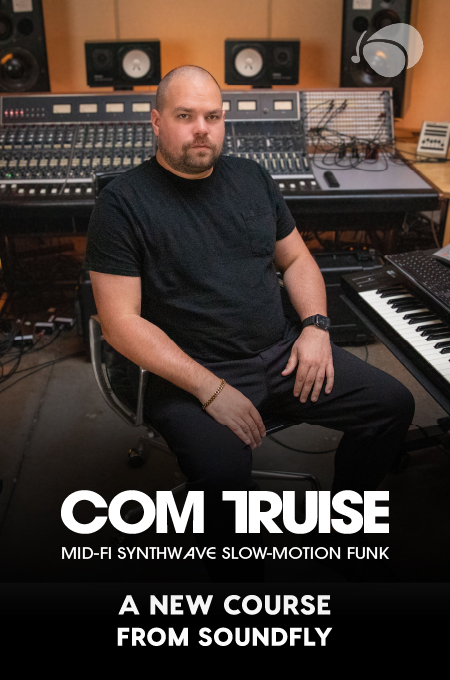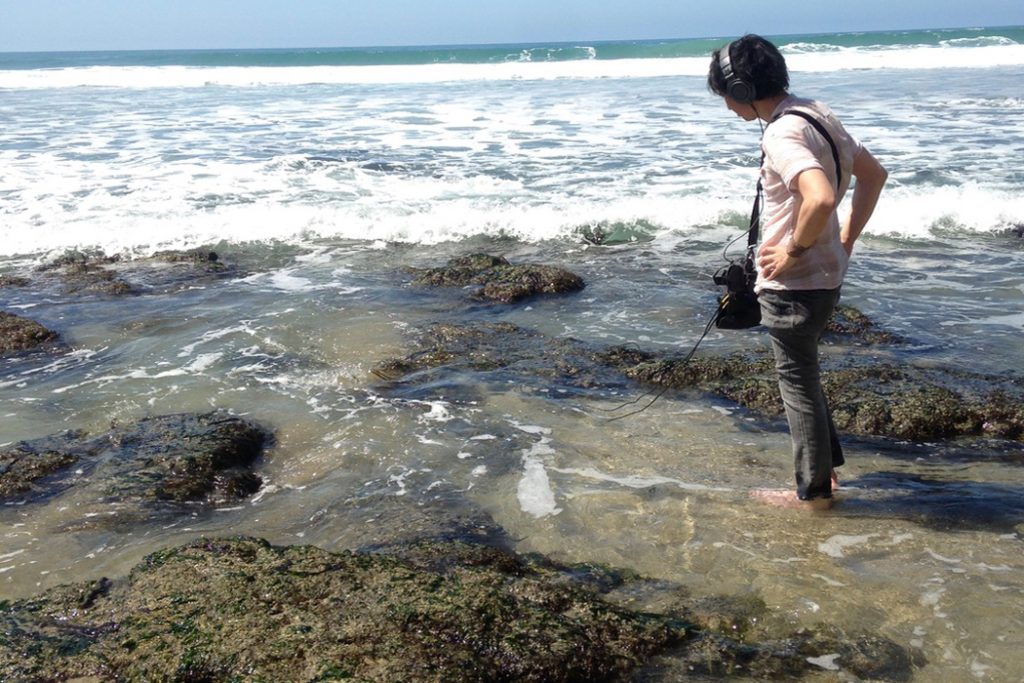
Hydrophones enable us to record underwater, which is reason enough to worship and adore them. Better still, you can make your own very easily and cheaply. For the Canal Music tour (in 2009), I wanted to make myself a new hydrophone which included the pre-amp I made here. I have made hydrophones using piezo elements before, but I never tried using a pre-amp, which tends to make piezos sound a lot better.
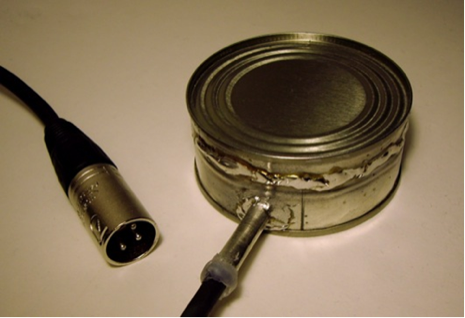
If you don’t know what the hell I’m talking about right now, have a look at these instructions on how to make the simplest possible contact mic. It’s exactly the same principle when making a hydrophone, except you get to go underwater.
I decided to house the pre-amp in the same enclosure as piezo elements (to avoid noise entering the circuit). The challenge here is to find a decent enclosure. After having some delicious spicy chickpea and tomato soup, I thought it would probably be possible to solder up some kind of tin-can casing, which would be fairly strong and watertight.
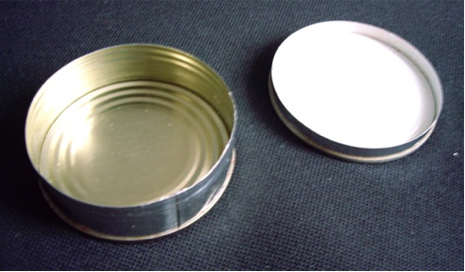
After a few experiments, I found you can quite easily solder steel (NB not aluminum!!) food cans together using a regular soldering iron and electrical solder. It works for water pipes so it should be watertight in this case.
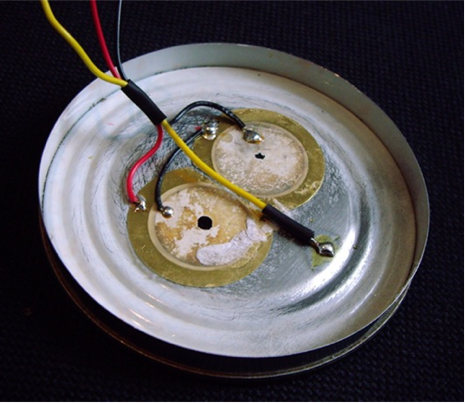
I used a wire brush to rough up the surface of the can before super-gluing two piezo elements to the inside of the lid.
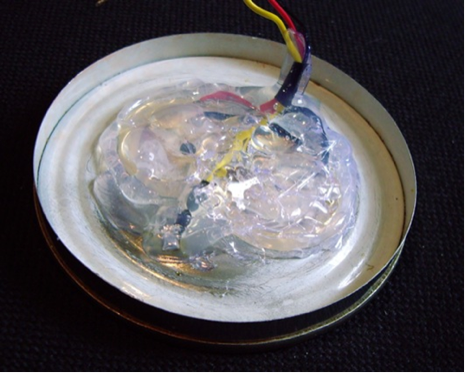
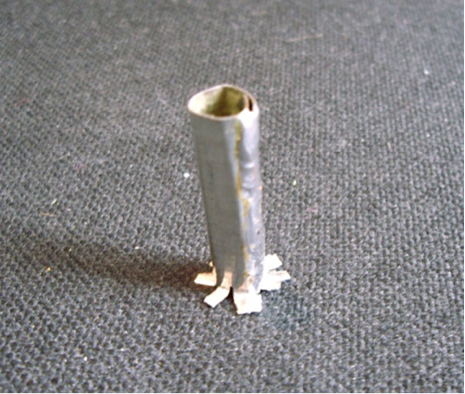
I drilled a hole in the larger of the two cans just big enough for my microphone cable to go through. I then made this little chimney out of a scrap piece of can. I used a wire brush to clean the coating off the can before soldering.
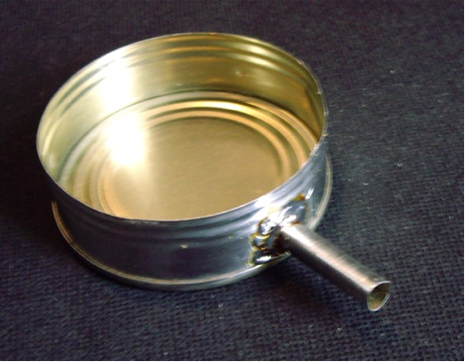
To hold the chimney into position while soldering, I temporarily bolted it to the can. A few moments later, and it looks like some kind of improvised smoking device.
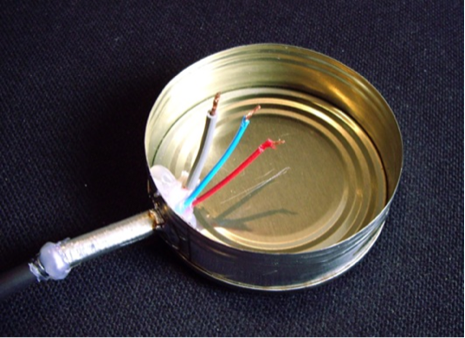
I coated the mic cable with hot glue and pulled it through the chimney, then splurged lots more glue where the wires enter the can. This is the most likely place water will try to enter the capsule, so make sure you seal it completely using ridiculous amounts of hot glue.
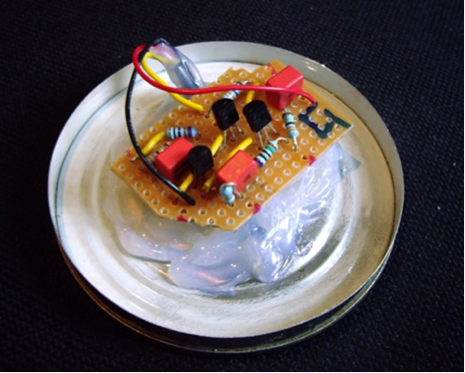
This shows the pre-amp connected to (and sitting atop) the piezo/hot-glue sandwich.
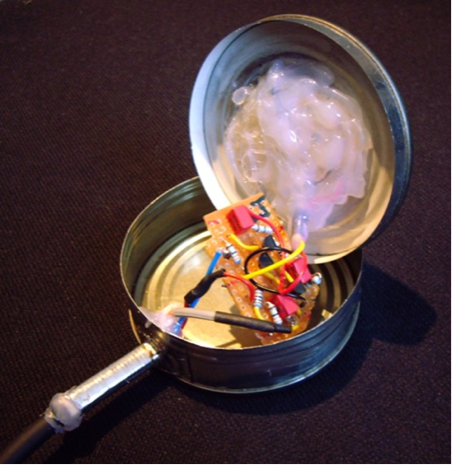
All leads soldered up! It was really fiddly to do, and I made a wrong connection initially, which was easily fixed. It’s a very good idea to connect your hydrophone to a mixer and check it actually works before you close the case. Before closing the unit, I covered the pre-amp circuit with a lot of hot glue to seal it off from any stray water.

My girlfriend bravely held the two halves of the case closed as I carefully soldered around the seam. Again, I used a steel brush to clean the surfaces before soldering. It was actually quite easy to do, and I like the quasi-welded appearance. All that is left to do now is pop it in the sink and test it out.
It took half a day to make the case and the same to make the pre-amp. The whole thing cost less than £10 in parts and compares very well against hydrophones costing 10 times the price. I’m going to paint and varnish the casing; this is important if you don’t want your hydrophone to rust away.
Go forth and hydrophone!
+ Learn more with Soundfly: Learn how to turn field recordings and other nonmusical sounds into full-fledged compositions in your DAW with Making Music From Everyday Items, a free course instructed by famed found-sounds beatmaker Andrew Huang.
—

Leafcutter John is a London-based Songwriter, Electronic musician, and Artist.
